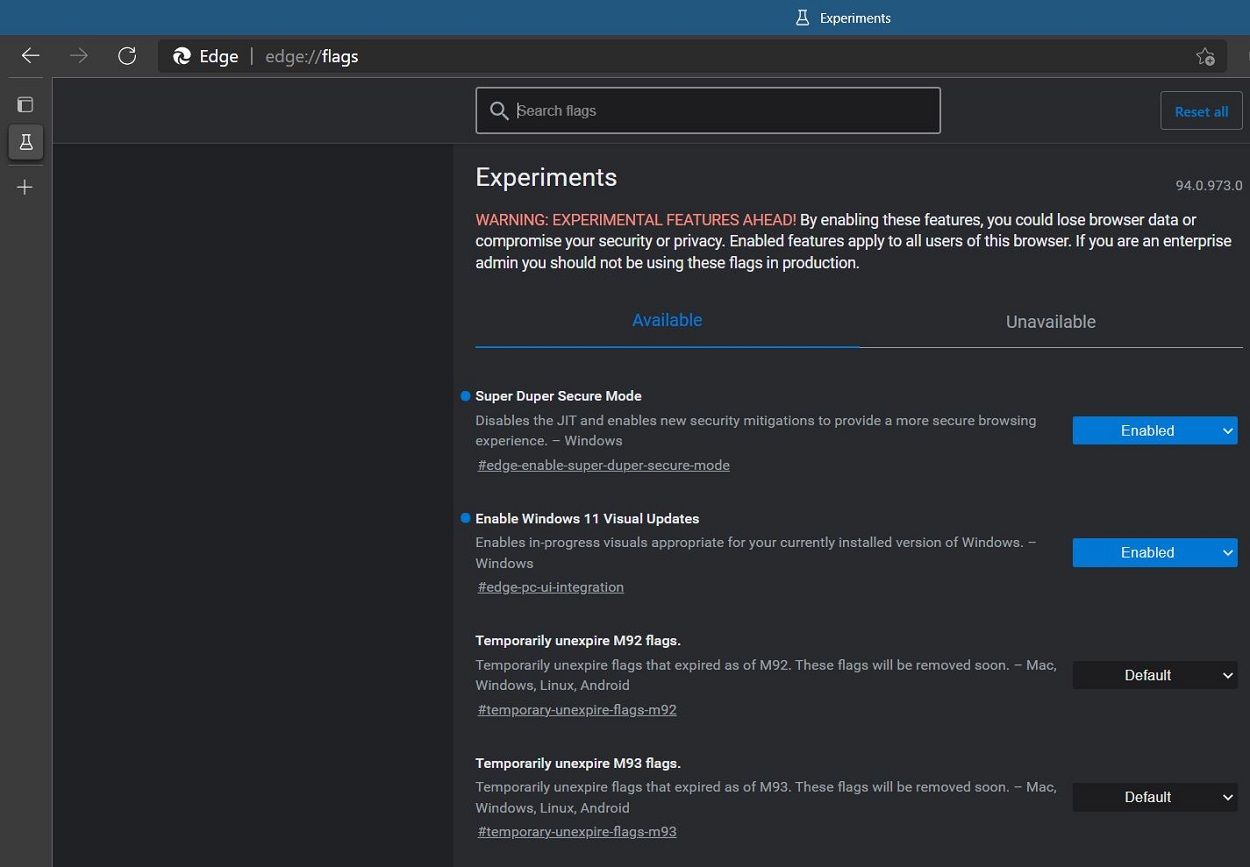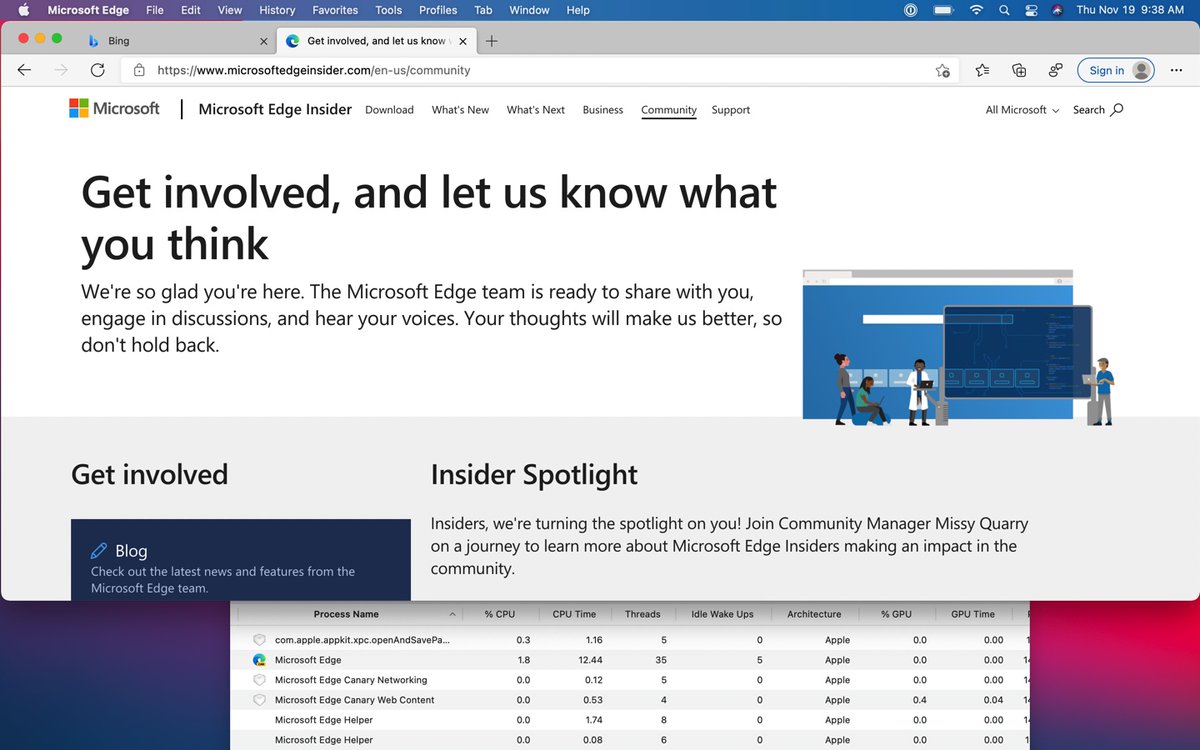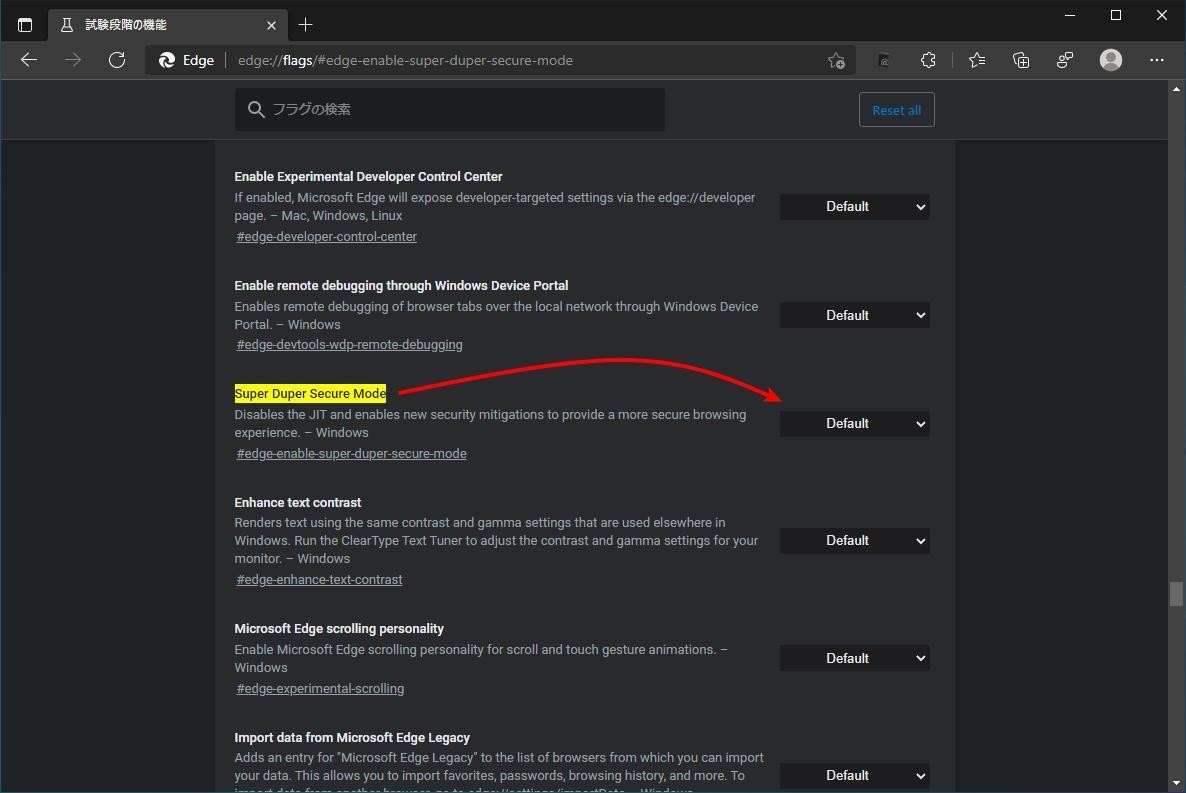

- #CAN YOU RUN MICROSOFT EDGE ON A MAC FOR MAC#
- #CAN YOU RUN MICROSOFT EDGE ON A MAC INSTALL#
- #CAN YOU RUN MICROSOFT EDGE ON A MAC WINDOWS#
#CAN YOU RUN MICROSOFT EDGE ON A MAC INSTALL#
To Request and Install the Mac Client Certificate by Using an Enterprise CA To identify the certificate that you just installed, you can use theĬolumn, which displays the Mac computer name that you specified, and the Local computer: (the computer this console is running on) Use the Certificates console to confirm that the certificate is installed: Click In our example, this would be: certreq –accept mac.cer For example, using our mac.inf file: Certreq –retrieve 2 mac.cerĪccept and install the certificate by using the Certreq –accept command. Node, right-click the pending certificate request, selectīack in the command window, retrieve the certificate using the number you saw earlier by using the Certreq –retrieve command. In the Certification Authority console, click the When the certificate is issued, you see RequestId: displayed, where is the next sequential certificate request from the issuing CA. You are prompted to select the issuing CA in the Select Certification Authority dialog box. From here, run Certreq.exe to request and submit the certificate request, by typing the two commands, consecutively:

Save the file with any name but it must have an. In the folder that you have just created, create a text file as follows and specify the unique computer name of the Mac computer (for example, its FQDN) for the common name in the Subject:
#CAN YOU RUN MICROSOFT EDGE ON A MAC WINDOWS#
On a Windows computer that can access the issuing CA (it can even be the CA computer, itself): Create a folder to hold all the required certificate files. To Request and Install the Mac Client Certificate by Using a Standalone CA Then, import the exported certificate to the Mac computer and configure the Keychain Access to trust the new certificate and (if required) the root certificate. These steps match the UI for any version of Windows Server 2008 and can be easily adapted if your CA is running on Windows Server 2012. Then export the certificate file so that it’s ready to import on the Mac computer. If you are not using the Certificate Assistant tool but want to use a Windows-based computer to request the certificate for the Mac computer, follow the steps in this post that match your issuing CA configuration. This lets you save a certificate request to disk and from the contents of this file, you can request the certificate from the issuing CA. This method is not usually recommended in a production environment because it does not scale and has the security risk of exporting the private key.Īn alternative that does not require you to export the private key, is to use the Certificate Assistant tool on the Mac computer, from the Keychain Access menu. However, you can use the following steps in this blog if you need to deploy a few certificates for testing and have Active Directory Certificate Services running on a standalone CA or an enterprise CA that lets you duplicate and modify the certificate templates.īoth methods described in this post involve requesting the certificate from a Windows computer on behalf of the Mac computer, exporting the certificate to a file, and then importing it on the Mac computer. There is no single method of deployment for this certificate, and we would always recommend that you consult your own PKI team or get in a PKI consultant to devise the best method to deploy this certificate to Mac computers in a production environment. Supported hash algorithms: SHA-1 and SHA-2

Subject: Unique value for each computer (for example, the computer FQDN)

The certificate purpose (Enhanced Key Usage): Client authentication
#CAN YOU RUN MICROSOFT EDGE ON A MAC FOR MAC#
For Mac computers, the client certificate requirements are as follows: Much like native mode in Configuration Manager 2007 and the client-server PKI connections in System Center 2012 Configuration Manager, you can use any PKI deployment to deploy the certificate for Mac computers if it adheres to our documented certificate requirements. If you don’t meet these requirements, or you don’t want an automated certificate deployment mechanism, you can request and install the certificate independently from Configuration Manager, and then install the Configuration Manager client. However, it does require the user to have an account in Active Directory, and it requires Active Directory Certificate Services with a customized certificate template (so you must be running an enterprise version of the operating system and an enterprise CA). This deployment method scales well and uses your existing infrastructure to secure and automate the certificate deployment. This tool allows users with an Active Directory account to install the Configuration Manager client and automatically request and install the required client PKI certificate. Most customers who want to manage Mac computers using System Center 2012 Configuration Manager SP1 will use the enrollment tool, CMEnroll. First published on CLOUDBLOGS on Apr 05, 2013


 0 kommentar(er)
0 kommentar(er)
